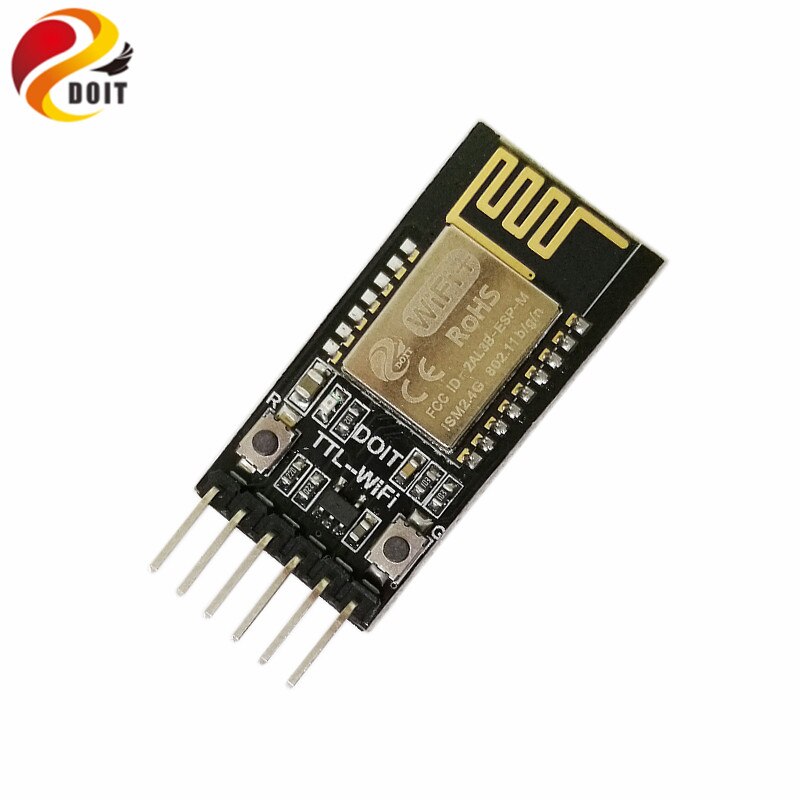Table of Content
Router manufacturers are always improving software to eke out a bit more speed. How easy—or how hard—it is to upgrade your firmware depends entirely on your device’s manufacturer and model. Are you interested in the best WiFi speeds and coverage money can buy? Then we recommend you consider the Netgear Orbi WiFi 6E WiFi mesh system. Yes, it’s ridiculously expensive, but its performance is unmatched. WiFi mesh systems can seamlessly cover a large area with a strong signal.
Click the GO button to measure your wired internet performance. Some routers make it very easy to configure QoS settings, while other routers are far from intuitive. Fortunately, wireless traffic jams occur far less often in the 5 GHz and 6 GHz bands. That’s because there are far more channels available, and their width can also be greater.
Strategically Placing Your Wifi Router
You can get a pack of three Eero 6 Plus units for just $299, and that’s a great price because they can together cover up to 4,500 sq. If that makes you uncomfortable, we recommend you choose another product instead. When selecting a WiFi mesh system, make sure you have at least a rough idea of how large is the area that you want to cover. On its own, the Netgear Nighthawk RAXE500 can cover up to 3,500 sq. You can also take advantage of multiple Gigabit ports and a single 2.5 Gbps Multi-Gig LAN port to directly connect your most demanding devices. WiFi boosters are great for extending WiFi coverage to a room that’s too far away from your router, but they don’t work properly if the distance is too large.

Make sure your router is set to automatically select channels to fix this issue. You can also see a breakdown of the channels nearby networks are using by downloading apps such as NetSpot or WiFi Explorer. Microwave ovens also operate in the 2.4GHz frequency band, Krishnamachari points out. That can cause interference, he says, if, for example, you decide to make a second bag of popcorn while streaming a Netflix movie. To avoid the interruption on movie night, try switching your laptop or smart TV to the 5GHz band.
Is Your Router a Slowpoke?
The goal is to get your main devices—consoles, laptops, and so on—as close as possible to your router. Devices that don't need quite so much bandwidth, like smart thermostats, don't have to be a priority in terms of physical proximity. Walls, cupboards, even bookshelves can potentially dampen your Wi-Fi signal. Physically moving the router can make a real difference to the speeds you get and how far its wireless transmissions can reach. The perfect spot will depend on your home, but try not to hide your router in a corner or under a cupboard or inside a drawer—the more central and prominent it is, the better.

With a mesh system, you have several devices strewn about your home vs. just one with a traditional router. If you don’t actually need mesh routers, there’s no reason to invest in them. Others may have features like Multi User-Multiple Input Multiple Output (MU-MIMO), like the Editors' Choice TP-Link Archer AX11000 tri-band gaming router.
Upgrade Your Router
As is normally the case, paying extra for decent quality equipment is going to be worth it in the long term, so stick to well-reviewed kit from the better-known manufacturers. Its services can work with that you can use as a reference guide. If you’ve been on the same router for a while, your ISP might send you an upgrade free of charge. After all, if you’re paying for a particular speed, then it’s their responsibility to provide you with the equipment that gives you the best chance of getting it. In addition to these add-ons, there’s also a different type of option, called a mesh Wi-Fi system.
For a better experience, upgrade those devices’ network cards to 802.11ac or purchase a Wi-Fi 802.11ac USB Adapter. In today’s homes, you could find 10 or more devices connected to a Wi-Fi network. When many Wi-Fi enabled devices are connected to the network, it creates overcrowding and slows things down. As we rely on more data to power our everyday living, a wired-up home will need a router system that’s able to accommodate growing needs without compromising on convenience.
A public hotspot is usually created by a business to provide internet service when visitors, customers and clients are on site. But for the sake of accuracy, it is important to note a difference between standard Wi-Fi and a hotspot. The location of your Wi-Fi router has a big impact on the strength of its signal. Position the device in a high, open space with limited obstructions for better Wi-Fi signal results. As we already mentioned, signals travel perpendicular to your router. If your router is on the ground, many of your Wi-Fi signals will travel horizontally along the floor and reach fewer parts of your home.

Because the router supports the 6 GHz band, it can achieve speeds of up to 10.8 Gbps, and its 1.8 GHz quad-core processor is powerful enough to serve u pro 60 devices at the same time. Does your current router leave a lot to be desired in terms of performance and/or features? Modern routers can broadcast on multiple bands at the same time, and they support features like Multi-user MIMO, which allows them to communicate with multiple devices simultaneously. If you’ve been researching how to boost WiFi signal through walls, then you may have already stumbled upon Powerline technology, which uses existing electrical wiring for internet transmission. Well, the Devolo Magic 2 WiFi 6 is a Powerline - compatible WiFi 6 extender that can boost WiFi in houses large and small.
Depending on the answers to those questions, you might find in practical to share an internet connection with those who are living around you. Many routers offer a choice of using 5GHz or 2.4GHz radio bands; the former has more channels, so less chance of interference, but the signal range doesn’t stretch as far. In a pinch, you can temporarily create a hotspot with your mobile phone to supplement your Wi-Fi. But for a long-term fix, it’s worth it to check whether your Wi-Fi router is placed correctly or whether you can supplement the signal with a Wi-Fi booster.

Not only will this slow down your internet speed, but it also leaves your personal information vulnerable if you’re logging into websites containing sensitive data. While you can use your router’s utilities to see who is accessing your network, the easiest way to get rid of unwanted users is by changing your network name and password. All routers have software installed on their memory chips called firmware. Router manufacturers are always releasing new firmware and drivers to make their routers a little faster. Updating your firmware adds features, updates security settings, and even improves performance.
A good repeater or booster costs less than $100, and it can be installed in a few minutes by anyone since the installation process usually involves only the press of the WPS button. You can find a list of the top 5 WiFi boosters at the end of this article. An encrypted, password-protected WiFi is a must in this day and age. With more people than ever relying on WiFi, the hunger for open, fast WiFi networks is real. Don’t think that your neighbors won’t use your WiFi network just because they have their own — they will. Again, if you don’t know what the right admin password is, look at the information sticker on the bottom or back of your router.
If you’ve had the same router for more than five years and notice issues like your network going down frequently, it’s time for an upgrade. Check out our list of the best Wi-Fi 6 routers to get your network up to date. To get your Wi-Fi signal to every room in the house, try to put your router in a location where you can draw the shortest, straightest line to it from every room. Wi-Fi signals can be absorbed or deflected by large obstructions but do a good job of passing through walls and floors, especially if they hit them straight on.
Broadcasted on KSQD covering central California for over two years. If you've had your router for 3 or more years, it's probably time to replace it. That's about their average lifespan, since they're typically on 24 hours a day, 7 days a week, and they're often exposed to things like power outages or surges. If the router is on the floor or on a low table, you'll be wasting much of the router's signal 360-degree range. While it is normal for your signal to fluctuate, making sure that your signal isn’t consistently dropping is important.


No comments:
Post a Comment